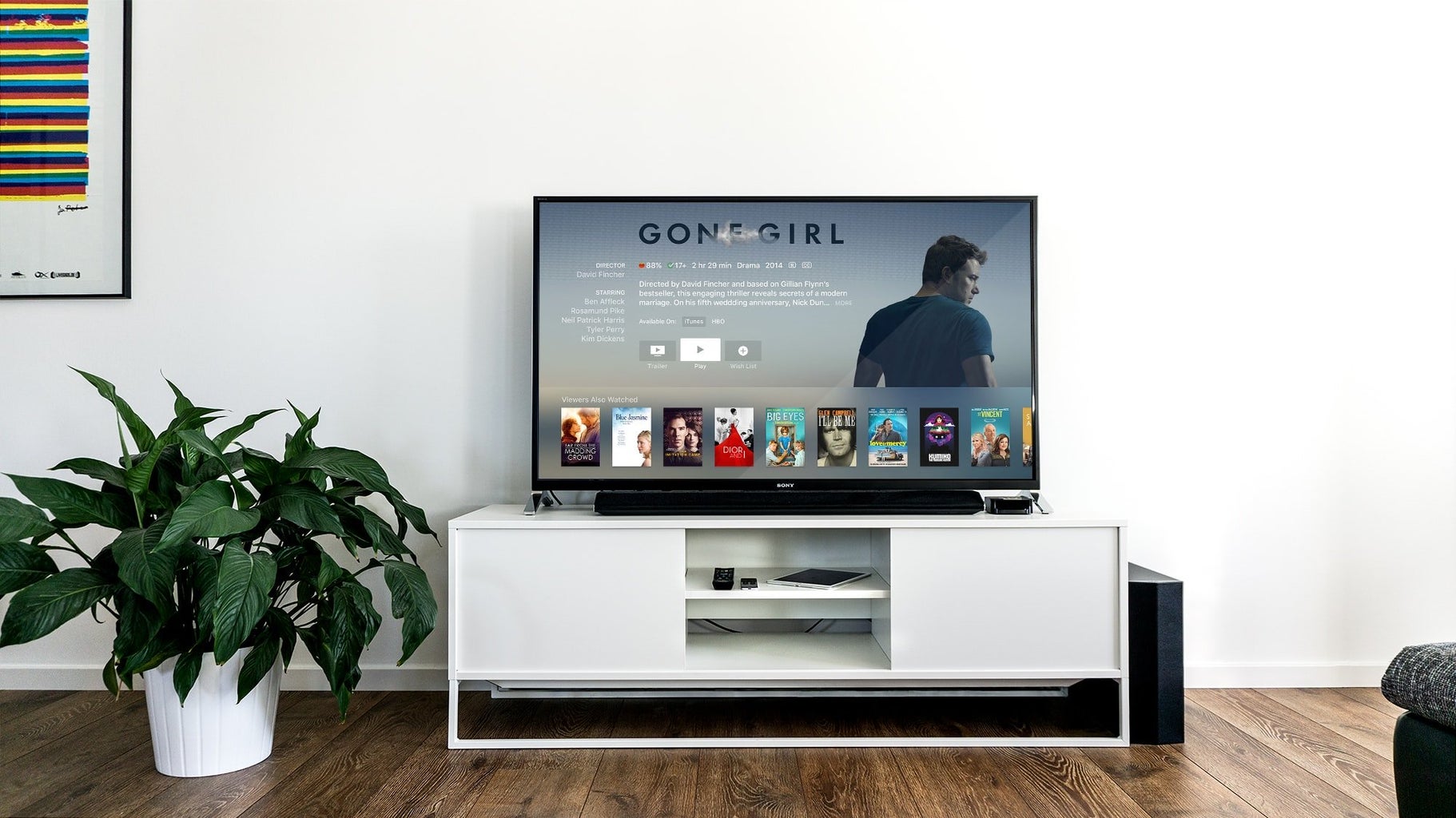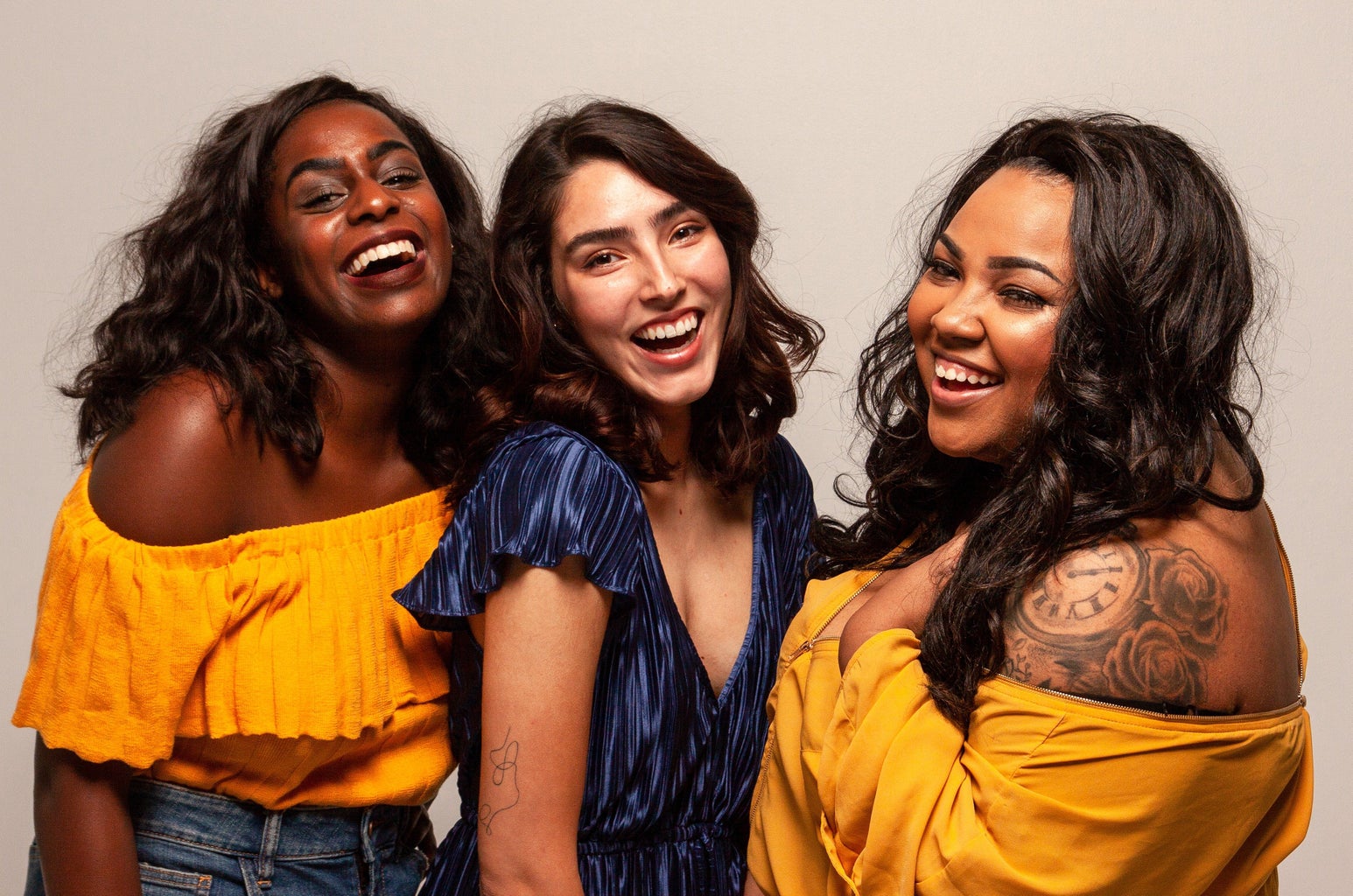I’ve always wondered why I never saw people who looked like me when I turned on the TV. In the late 2000s, every Disney and Nickelodeon show had one set formula: a white male or female lead, their white best friend, and a supporting black friend. Seeing this, I often wondered why I didn’t have the same physical features as them or why my voice didn’t sound like theirs. I convinced myself that they were normal, they were real, and they were how the rest of the world looked — it was just me who looked different. The first time I saw India in western media was when I came across Cheetah Girls: One World on the Disney channel. I expected to see beautiful brown-skinned girls and my culture represented in a positive light. Instead, I got an hour and thirty minutes of stereotypes, cringe-worthy representations, invalid portrayals of India, and maybe a handful of somewhat culturally appropriate moments.

I grew embarrassed by my own culture because of the way it was presented. Inherently I didn’t want to be associated with a culture that got made so much fun of and that was hardly ever talked about. I did small things to disassociate myself; I avoided Bollywood music, I tried my best to dress as “western” as I could and I made sure not to mention any parts of my culture to my friends. The few other Asian-Indian boys and girls in my middle school followed suit, and we all seemed to indirectly validate each other’s white-washed-ness. This changed a couple of years ago when I learned that people of color can in fact be appropriately integrated into a story. They can have their own voice, their own coming of age moment, and be funny and interesting and “three-dimensional” — all the things I could’ve never have imagined seeing growing up. It changed when I saw shows like Scandal and Jane the Virgin, where the leads were strong people of color, not just tokens cheering on the sidelines. I began to grow proud of my own culture as I saw others on the big screen and, albeit indirectly, it made me feel seen. Representation matters. Seeing people who look like you, whomever you may be, in mainstream media is important. The issue, however, is that there are only a handful of characters that meet all of these requirements. Most of it is still mere tokenism, not real diversity.
Tokenism refers to characters who are predominantly portrayed in the negative stereotype of their culture and get little to no screen time. It’s the general idea of there being a mixed bag of characters, one from each ethnic background to add to the ‘variety’ of the cast, while still keeping the protagonist white. These BIPOC seldom have storylines of their own, but most of them focus on their minority culture and the struggles that come with it. This isn’t to say those stories shouldn’t be represented and acknowledged, it’s saying that those should not be the only stories we see. Diversity comes when we don’t just have these ‘symbolic’ characters, but accurate and fair representations of cultures without the pretense of having them fill a quota. Tokenism can only be combatted via inclusion, learning, and understanding the problems with the norms and unfortunate stereotypes that are being created.




